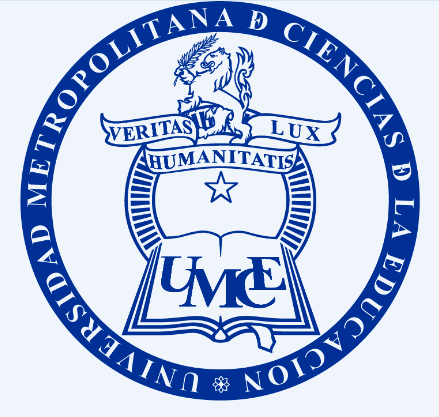Main Article Content
Jun 1, 2023
Abstract
When the implications that exist between education and the society of information are discussed, it is common to refer to the characteristics of the latter. These inelude the duplication of the amount of knowledge that has to be processed, the transformation of communication systems, the challenges of the environment, and the tremendous speed at which these changes take place. However, an analysis of the requirements and competencies that our students need to possess in order to become critical and participating citizens of society is seldom made.
When reflecting on this situation, it is important to determine the role of educational establishments and to what degree Information and Communication Technology (“Tecnologías de la Información, TIC") should play a part in the curriculum. Since there are many kinds of schools, it would be ambitious to postúlate how they ought to inelude such tools in their diverse teaching contexts. Nevertheless, suggestions can be made with regards to the topics to be discussed and variables to be considered in order to progress from merely incorporating Information and Communication Technology to fully integrating it into the curriculum.
References
Blázquez, F. (1998) Los Proyectos Institucionales, un Espacio para las Tecnologías de la Información y de la comunicación en la Sociedad de Hoy. Revista Pensamiento Educativo. 23.189-218. Cabero. J. (1998): Impacto de las nuevas tecnologías de la información y la comunicación en las organizaciones educativas, en LORENZO. M. y otros (coords): Enfoques en la organización y dirección de instituciones educativas formales y no formales. Granada, Grupo Editorial Universitario. Visitado en la http://tecnologiaedu.us.es/bibliovir/pdf/75.pdf Cabero, (2002) en “Las Nuevas Tecnologías de la Información y la Comunicación y la Formación del Profesorado Universitario”. Barroso, Osuna Julio. III Congreso Internacional Virtual de Educación. 2003
Jiménez. G.(2006) TIC en el currículo escolar. Potencial de aprendizaje y Limitaciones. Documento de trabajo elaborado por Centro de Computación para la Creación del Conocimiento C 5 del D. C. C de la Universidad de Chile.
Mella. G. (2003) La educación en la sociedad del conocimiento y del riesgo. Revista enfoques educacionales 5(1), 107-114. Recuperado de http://csociales.uchile.cl/publicaciones/enfoques/
Ruiz , J (s/f). “Teoría del Currículum" Diseño, Desarrollo e Innovación. Editorial Universitas. Sánchez. J. (s/f) Integración Curricular de las TIC: Conceptos e Ideas. Recuperado el día 10 de Marzo del 2007 de la http://www.c5.cl/mici/pag/papers/inegr curr.pdf del sitio web Centro de Computación y Construcción del Conocimiento. Universidad de Chile
Tadeu. Da S. (1998) Cultura y Currículum como Prácticas de Significación. Revista Estudios del Currículum, 1,59-76.
Zabalza. Berasa (1993): "Diseño y Desarrollo Curricular".




